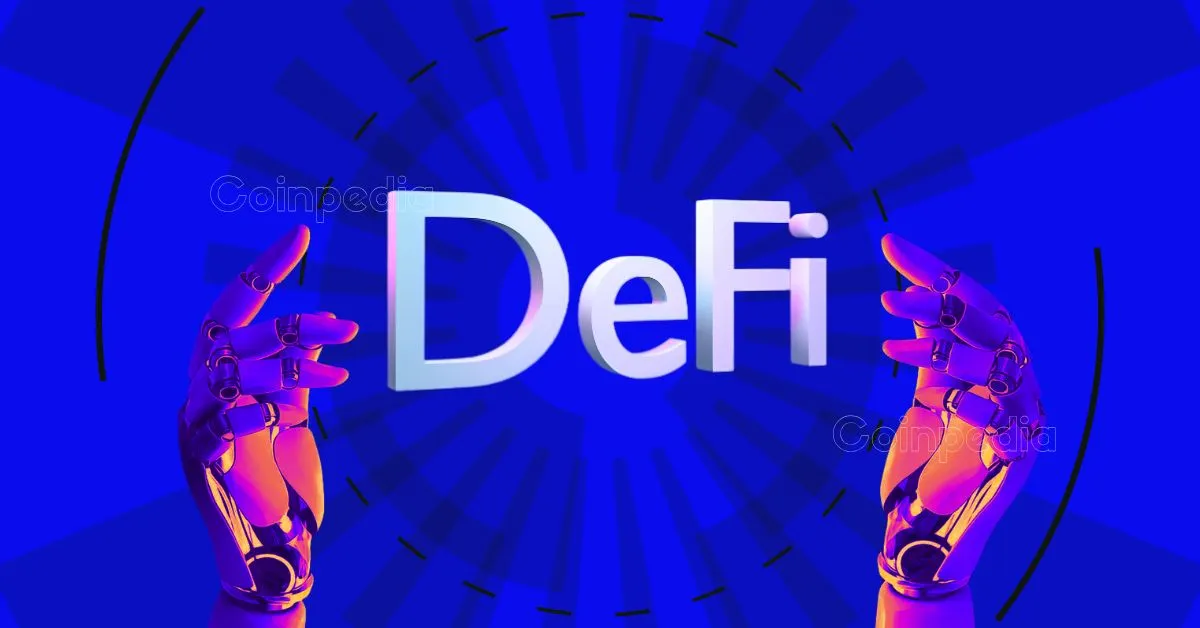
According to Supra, the future of DeFi is omnichain and fully interoperable, because therein lie greater opportunities for yield hunters and liquidity providers to explore. This vision of a multi-chain DeFi landscape, in which cross-chain can be experienced without cumbersome blockchain bridges, is a step closer to reality thanks to Supra. The Layer 1 chain has just launched two major upgrades on its public testnet that have huge potential for the broader DeFi landscape.
AutoFi and SupraNova are the products Supra’s just shipped and between them they pack a bunch of powers that should excite devs and users alike. AutoFi is particularly interesting, supporting the creation of self-executing smart contracts dependent upon highly granular conditions being met. This is effectively Automation as a Service, and it opens the door to some exciting possibilities for use in decentralized finance.
AutoFi’s automation capabilities aren’t just wide-ranging – they’re also fast. So fast in fact that they can be set to trigger within the same block as the conditions that have been met to cause their execution. As Supra proclaims, “AutoFi changes everything with enshrined automation for true “if-this-then-that” style apps.”
While devs are free to create whatever they want with AutoFi, Supra sees particular value in it being used to automate recurring fees; to support competitive bidding for onchain events such as liquidation auctions; and for protocol-level automation, such as distributing fees to all network users. AutoFi’s current public testnet deployment will allow third-party developers to get a feel for the sort of use cases AutoFi supports before Supra ships it on mainnet, allowing for sophisticated auto-executing dapps to be deployed in a live environment.
The other major product to have been rolled out by Supra is SupraNova, which is also live on public testnet from April 29. It’s described as “the first bridgeless cross-chain interoperability protocol that enables direct, trustless L1-to-L1 communication without relays, wrappers, or third-party multisigs.” In layman’s terms, it’s a safer way to send value between chains. Think less hacks, better security.
One of the problems with software design, not just in web3 but in general, is that systems tend to add complexity over time through introducing more plug-ins, upgrades, and patches. Each time this occurs, the surface attack area increases. SupraNova is an attempt to do away with things like multi-sigs and token wrappers, both of which have been successfully exploited by attackers in the past.
Initially compatible with Ethereum, before expanding to accommodate the full EVM stack, SupraNova has the potential to radically change the way blockchains “talk” to one another. There are also plans in progress to make it compatible with Move VMs, which could ultimately see SupraNova become a bridgeless interoperability solution for the entire omnichain landscape.
While that’s further down the line, in the here and now, Supra’s brace of new products have showcased its team’s ability to innovate while giving DeFi devs some new tools to play with. In the process, they’ve moved the center of decentralized finance closer to Supra, and shone a spotlight on its multi VM-compatible Layer 1.
CoinPedia has been delivering accurate and timely cryptocurrency and blockchain updates since 2017. All content is created by our expert panel of analysts and journalists, following strict Editorial Guidelines based on E-E-A-T (Experience, Expertise, Authoritativeness, Trustworthiness). Every article is fact-checked against reputable sources to ensure accuracy, transparency, and reliability. Our review policy guarantees unbiased evaluations when recommending exchanges, platforms, or tools. We strive to provide timely updates about everything crypto & blockchain, right from startups to industry majors.
All opinions and insights shared represent the author's own views on current market conditions. Please do your own research before making investment decisions. Neither the writer nor the publication assumes responsibility for your financial choices.
Sponsored content and affiliate links may appear on our site. Advertisements are marked clearly, and our editorial content remains entirely independent from our ad partners.
Bitcoin (BTC) price has closed 2025 trading below crucial support levels around $100k and 90k.…
Trump Media and Technology Group Corp. (Nasdaq: DJT) has announced plans to distribute a digital…
Banking-focused crypto projects are fast becoming one of the most relevant sectors in the market…
As investors look ahead to 2026, the question is shifting from what already dominates the…
Ethereum and Solana may be setting up for their next big breakout, but one thing…
Story Highlights The live price of the OFFICIAL TRUMP TRUMP memecoin cools near $5.66 as…